
Feel free to add tags, names, dates or anything you are looking for
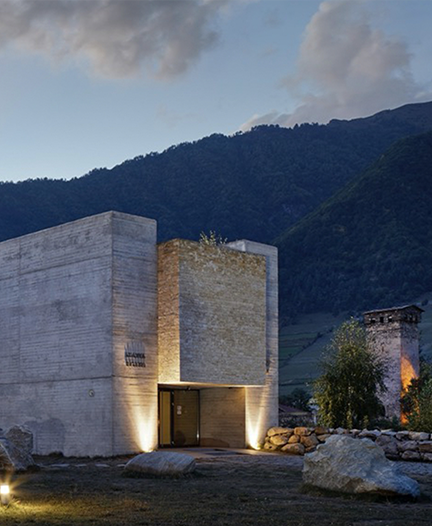
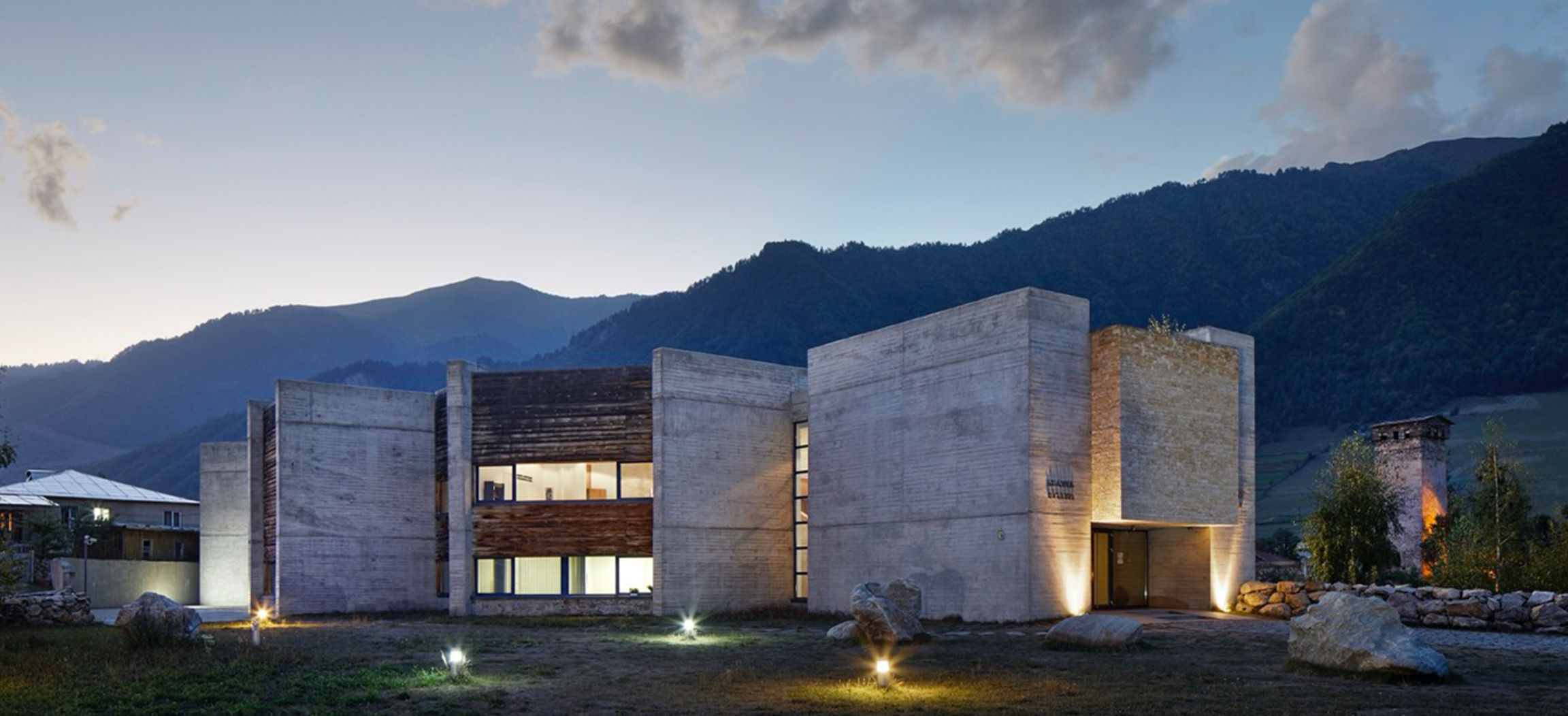
Georgia’s geographical location has long positioned it as a natural crossroad of civilizations. Despite centuries of external influences, the country has managed to preserve its cultural identity. Today, as Georgia tries to re-establish itself on the world map, our goal—alongside developing common values and participating in global processes—is to safeguard and celebrate that identity. I believe Svaneti and its renovated museum play an important role in this endeavor.
Svaneti stands out as a place where nature and cultural heritage are seamlessly intertwined and preserved. The region’s dramatic mountains and ancient stone towers leave a lasting impression on all who visit, and, since antiquity, Svaneti has been referenced by foreign historians and travelers.
Throughout Georgia’s long and turbulent history, Svaneti has served as a gateway. While often seen as a treasure trove, Svaneti is far more than a guardian of valuable artifacts. The cultural heritage preserved here testifies to its role as an integral part of the unified system of Georgian culture, and shows that, despite its remote location, the region has been actively engaged in global processes throughout history.
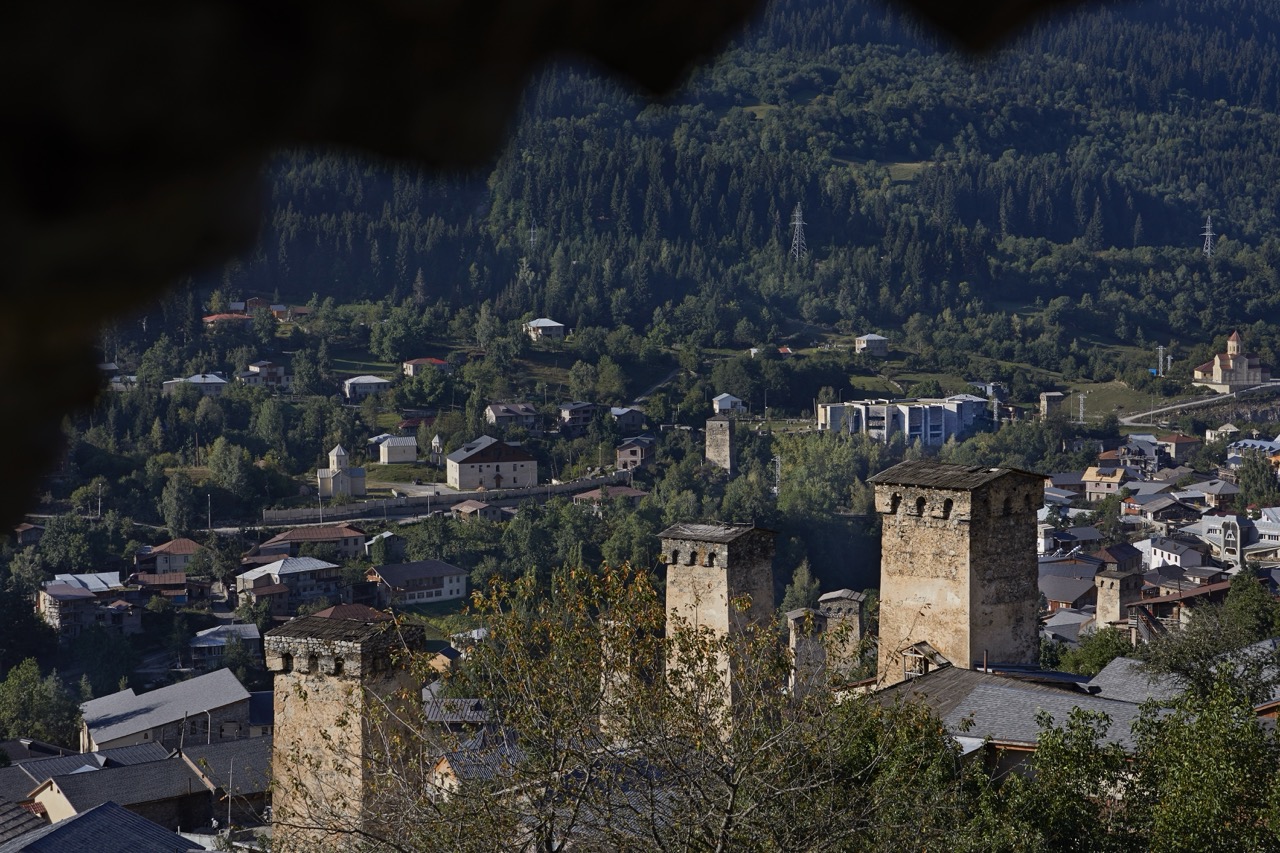
Mestia. Photo Fernando Javier Urquijo
Today’s Svans are the descendants of one of the oldest Kartvelian tribes. The Svan language has preserved many archaic features. It is believed that the disintegration of the Kartvelian proto-language and its parent ethnos into the Svan and Georgian-Zan branches began towards the end of the 3rd millennium BC.
Human presence in the territory of Svaneti has been traced back to the Neolithic era, approximately 7–8 thousand years ago. Later, during the Bronze Age, Svaneti developed into an important center of early metallurgy, as evidenced by artifacts that reveal intensive ore mining.
The myth of the Argonauts is well-known, whose ancient Greek authors tell the tale of Jason and his companions traveling to Colchis in search of the Golden Fleece. Archaeological discoveries in present-day western Georgia have revealed a highly developed culture, confirming that Colchis was indeed a real kingdom rich in gold. In Svaneti, the mountainous region of ancient Colchis, the traditional method of extracting gold from riverbeds using sheepskin continues to this day—a practice that is believed to have inspired the very myth of the Golden Fleece.
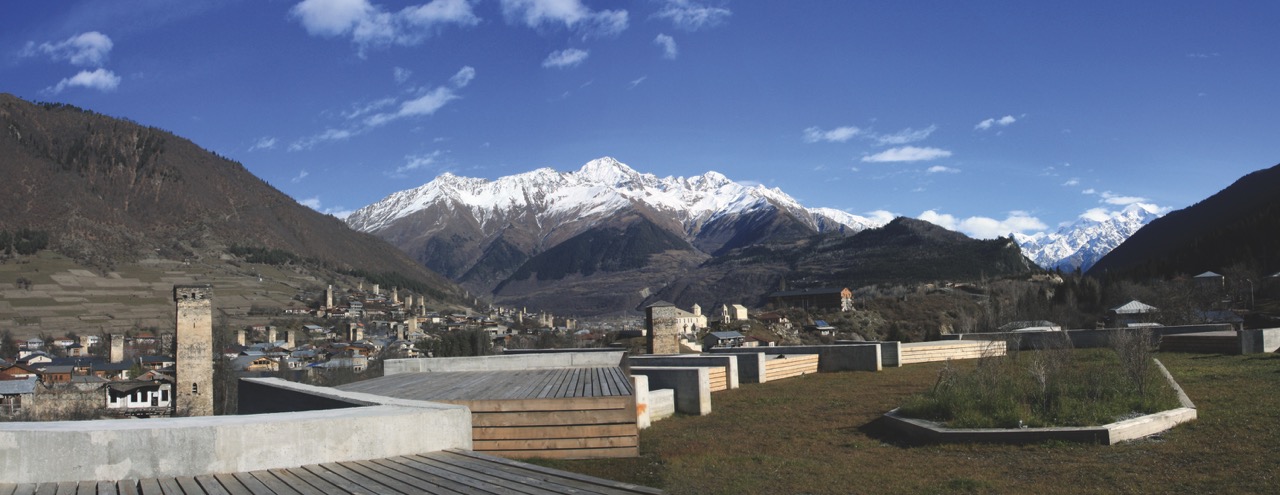
View from Svaneti Museum's terrace. Photo - Mirian Kiladze
As Hellenistic cultural traditions spread, they gave rise to new centers within Eastern Christianity, each developing its own script and cultural traditions shaped by both Eastern and Western influences. Out of this fusion, the Byzantine world took form—and Georgia followed a similar path. With the adoption of Christianity in the 4th century, and the development of its unique script, Georgia ensured the continuity and distinctiveness of its cultural identity.
It is no exaggeration to say that the churches and unique samples of Christian culture preserved in Svaneti form an integral part of world heritage—though, unfortunately, they remain little known to today’s international scientific circles. I believe that one day Svaneti will be recognized as a unique remnant of early European civilization—a cultural "island" that has survived into the modern age.
The study of Svaneti’s history and ethnography, as well as the documentation and photography of artworks preserved in its churches, began as early as the 19th century. In 1910, Ekvtime Takaishvili, together with Dimitri Ermakov, traveled throughout Svaneti and Lechkhumi. It was Takaishvili who initiated the recording of the goldsmithing works preserved in the churches of Svaneti. A systematic scholarly study of Svaneti’s antiquities was launched in 1931 by an expedition of the Georgian Museum, which included G. Chubinashvili, S. Kaukhchishvili, P. Ingorokva, and R. Shmerling. Since then, successive generations of Georgian scholars have devoted numerous studies to the monuments of Svaneti.
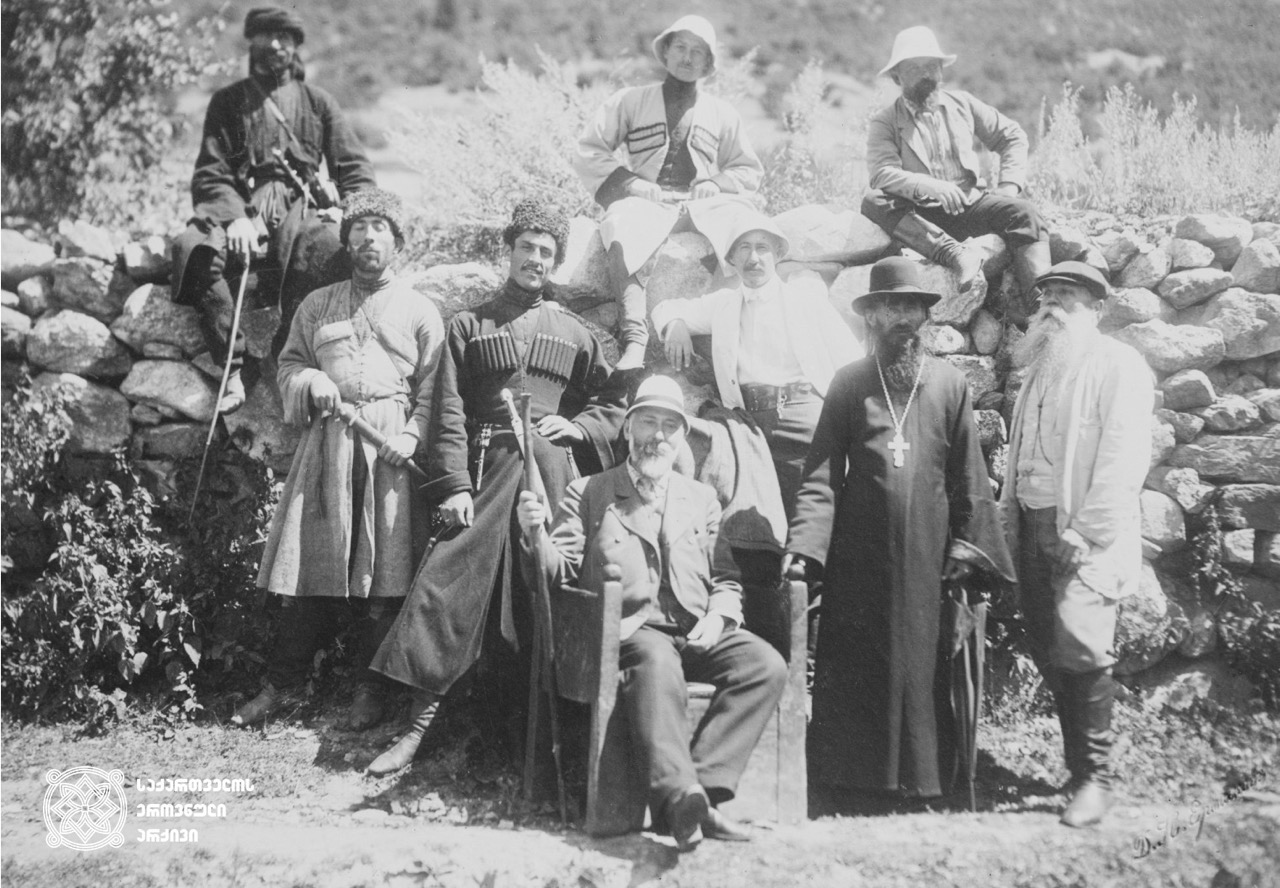
Ekvtime Takaishvili and DImitri Yermakov's expedition in Svaneti
The history of the Svaneti Museum dates back to 1936. Its establishment, driven by the need to preserve and study the region’s cultural treasures, was the result of efforts by both leading Georgian humanists and local advocates. The museum, founded using artifacts originally preserved in the Church of St. George in Seti, was placed under the directorship of Egnate Gabliani, who gradually expanded that collection through various acquisitions. Particularly significant was the year 1948, when a scientific expedition led by G. Chubinashvili, the founder of Georgian art criticism, with the support of the local community of Upper Svaneti, transferred a significant number of manuscripts, icons, and other artifacts to the museum.
In the 1970s, the Comprehensive Scientific Expedition to Svaneti, organized by the Simon Janashia Georgian State Museum of the Georgian Academy of Sciences, led by Mikheil Chartolani, conducted important work to document and study the antiquities of Svaneti.
Tsiala Chartolani, who directed the Svaneti Museum for 30 years from 1977, made a significant contribution to the protection, enrichment, and preservation of its collections. Her tenure was marked by significant achievements, most notably the relocation of the museum’s holdings to a new building in 2003, an architectural project by R. Kiknadze and G. Metreveli.
In 2004, the Svaneti Museum of History and Ethnography became part of the Georgian National Museum. The following year, the Georgian National Museum undertook a thorough assessment of conditions at the Svaneti Museum. With support from a range of local and international partners—including the Georgian National Commission for UNESCO, the U.S. Ambassador’s Fund for Cultural Preservation, the Embassy of Italy in Georgia, and the Embassy of Switzerland in Georgia— a large-scale, multi-phase modernization effort was initiated. This long-term project focused on conservation, restoration, protection, documentation, and scholarly research of the collections.
The results of the initial assessment made it clear that the existing building could no longer meet the requirements of a modern museum. It lacked the infrastructure necessary for properly safeguarding artifacts, offering high-quality exhibitions, and serving the needs of contemporary visitors.
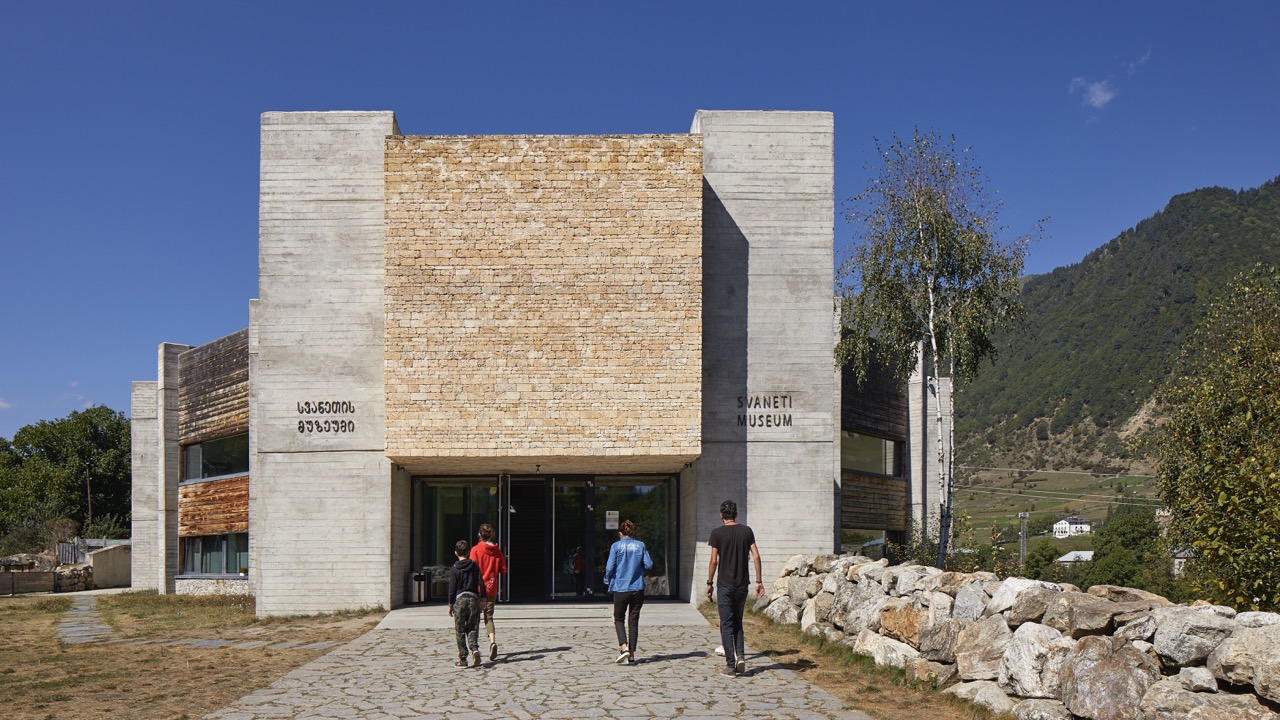
Svaneti Museum. Photo Fernando Javier Urquijo
In 2011, a fundamental renovation of the building was launched. The project was developed and implemented with the participation of both the staff of the Georgian National Museum and international experts. Of particular importance was the Twinning project of the Prussian Cultural Heritage Foundation / Berlin State Museums (Germany) and the Georgian National Museum, carried out with the support of the European Union. The project aimed to promote the institutional development of the Georgian National Museum, and to establish cooperation with the Berlin State Museums across various fields.
Around a hundred people took part in the renovation of the museum. On site, the project was directed by the head of the museum, Rusiko Kochkiani. The restoration and conservation of the exhibits was overseen by Nino Kalandadze, head of the Collections Management and Restoration-Conservation Department, while the overall coordination of the project was managed by Salome Guruli, head of the Project Management Service.
The work, carried out under extremely difficult conditions, attracted wide public interest and received strong support not only from the Catholicos-Patriarch of All Georgia, His Holiness and Beatitude Ilia II, and the local diocese, but also from the local and central secular authorities and the Georgian population as a whole.
The restoration initiative became a powerful symbol of unity—a testament to what can be achieved through collective effort and shared purpose. The renewed Svaneti Museum stands today as a harmonious fusion of faith and knowledge, science and art, tradition and innovation. It continues to carry forward these values across multiple fields of cultural life.
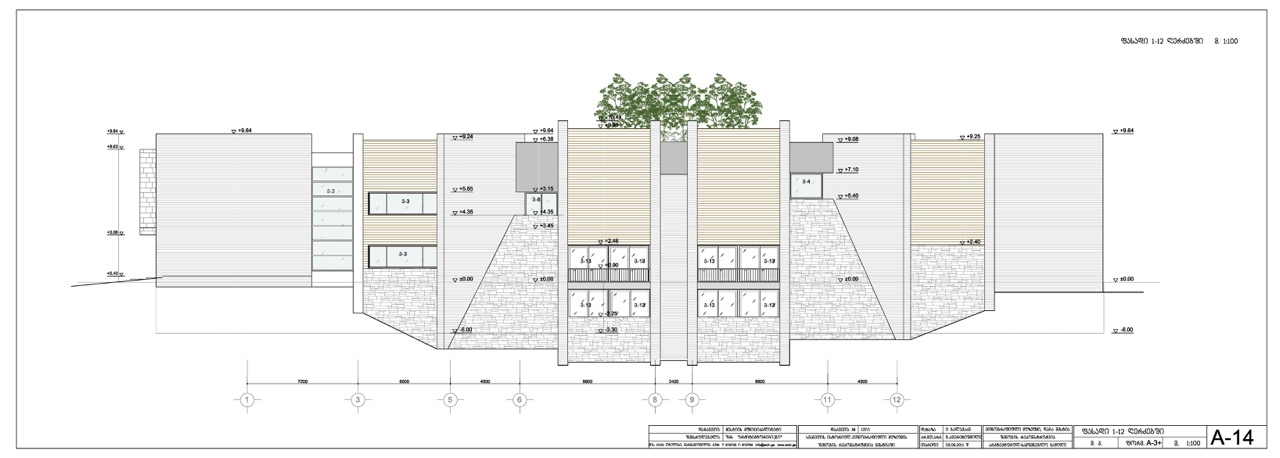
Svaneti Museum reconstruction plan. Architects - Giga Kiknadze, Levan Mushkudiani
The architectural design of the modern museum, created by architect Gaga Kiknadze, incorporates elements of local architecture, and blends harmoniously with the surrounding landscape. The museography, designed by Lina-Maria Lopez with the guidance of French architect Laurent Guinmar, is grounded in a deep respect for the distinct character of each collection. This vision is shown in a visitor-oriented design, marked by clarity, simplicity, and aesthetic balance.
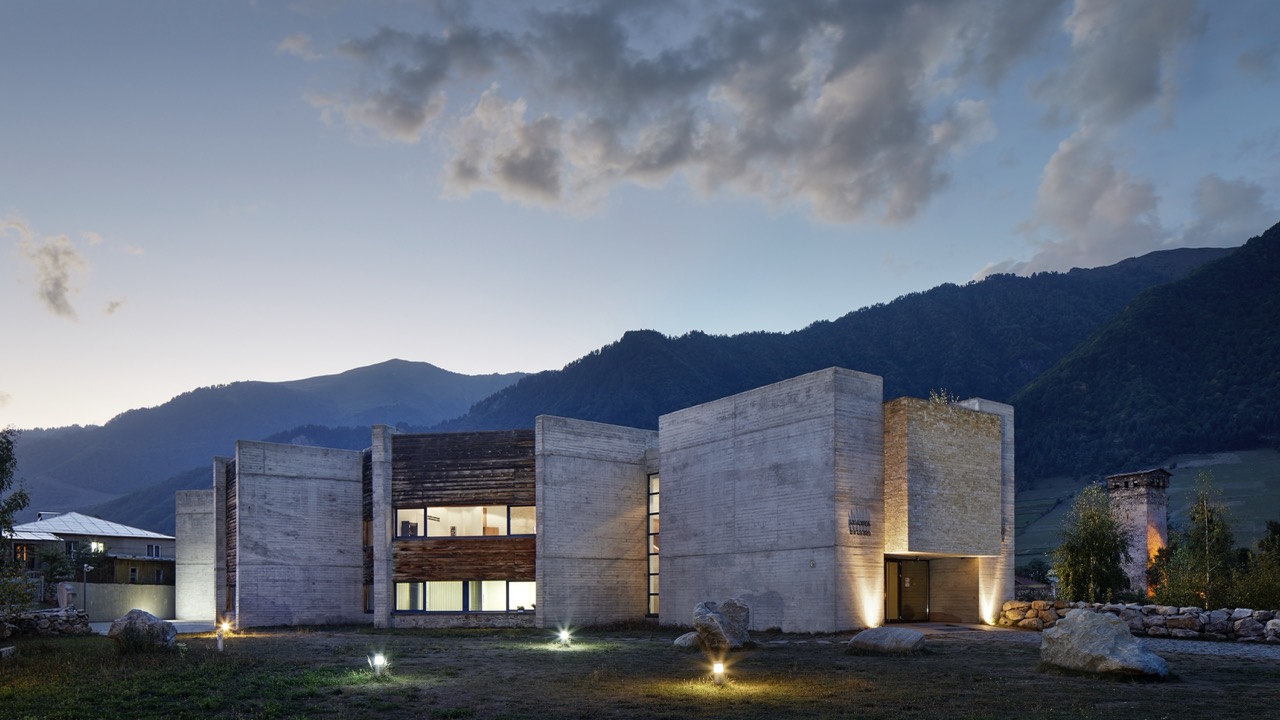
Svaneti Museum. Photo Fernando Javier Urquijo
The renovated museum opened its doors to the public on July 1, 2013.
Its archaeological, numismatic, medieval art, manuscript, and ethnographic collections are displayed across six exhibition halls.
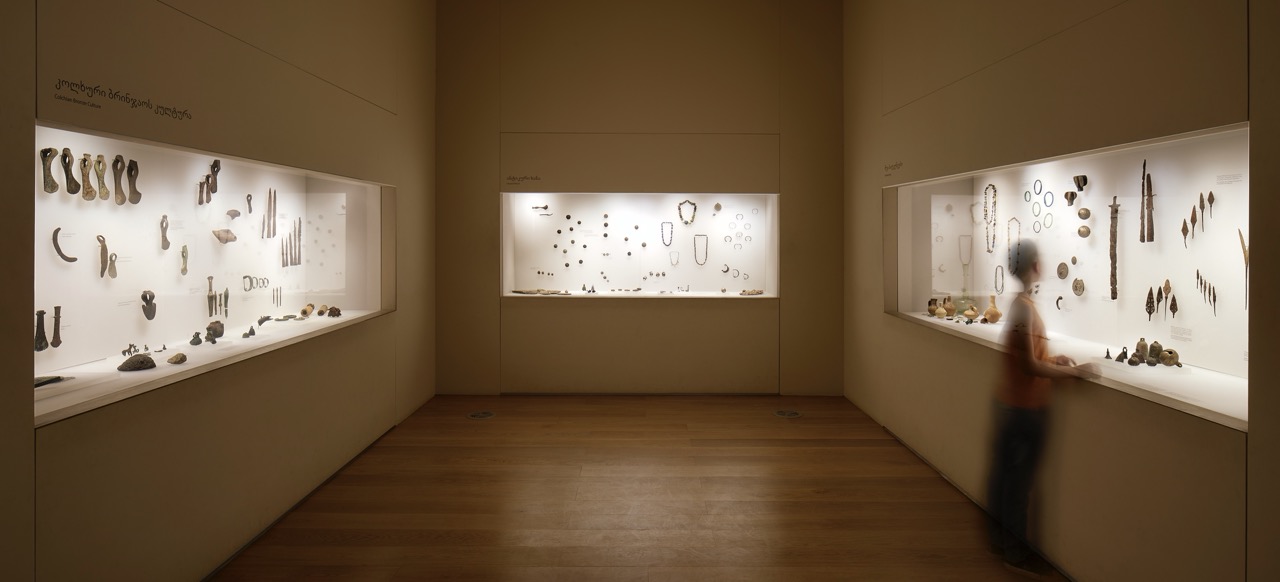
Svaneti Museum. Photo Fernando Javier Urquijo
The visitors’ journey through time begins in an archaeological hall named after the prominent Georgian archaeologist Shota Chartolani. The foundations of Svaneti’s archaeological research are linked to his name, and most of the material presented in the hall comes from excavations carried out under his leadership.
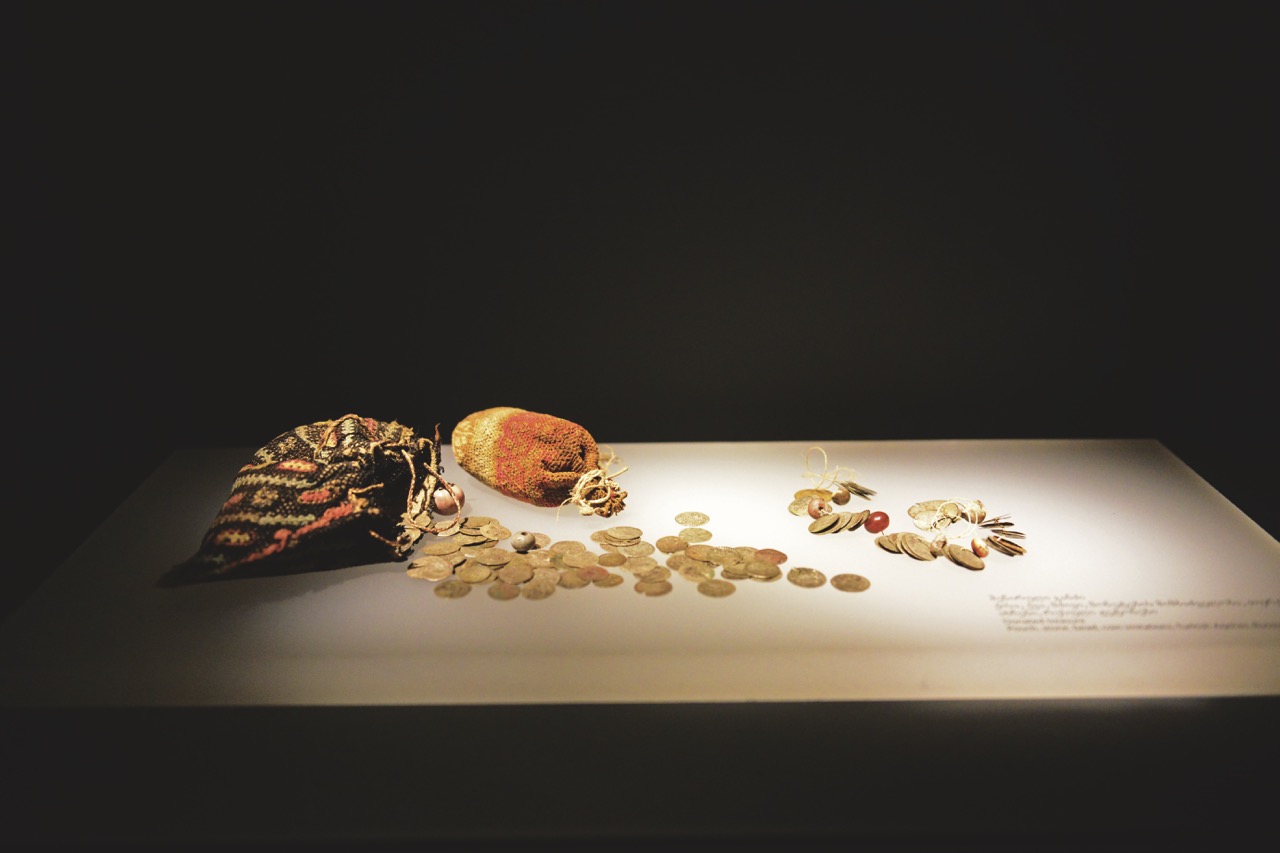
Svaneti Museum. Photo Fernando Javier Urquijo
From the naturally lit Archaeological Hall, visitors move into the Numismatic Hall, an intimate, dimly lit room designed to evoke a sense of mystery and reverence. Here, individually illuminated coins and numismatic treasures—many of them gifts—are displayed in a way that invites close, contemplative viewing.
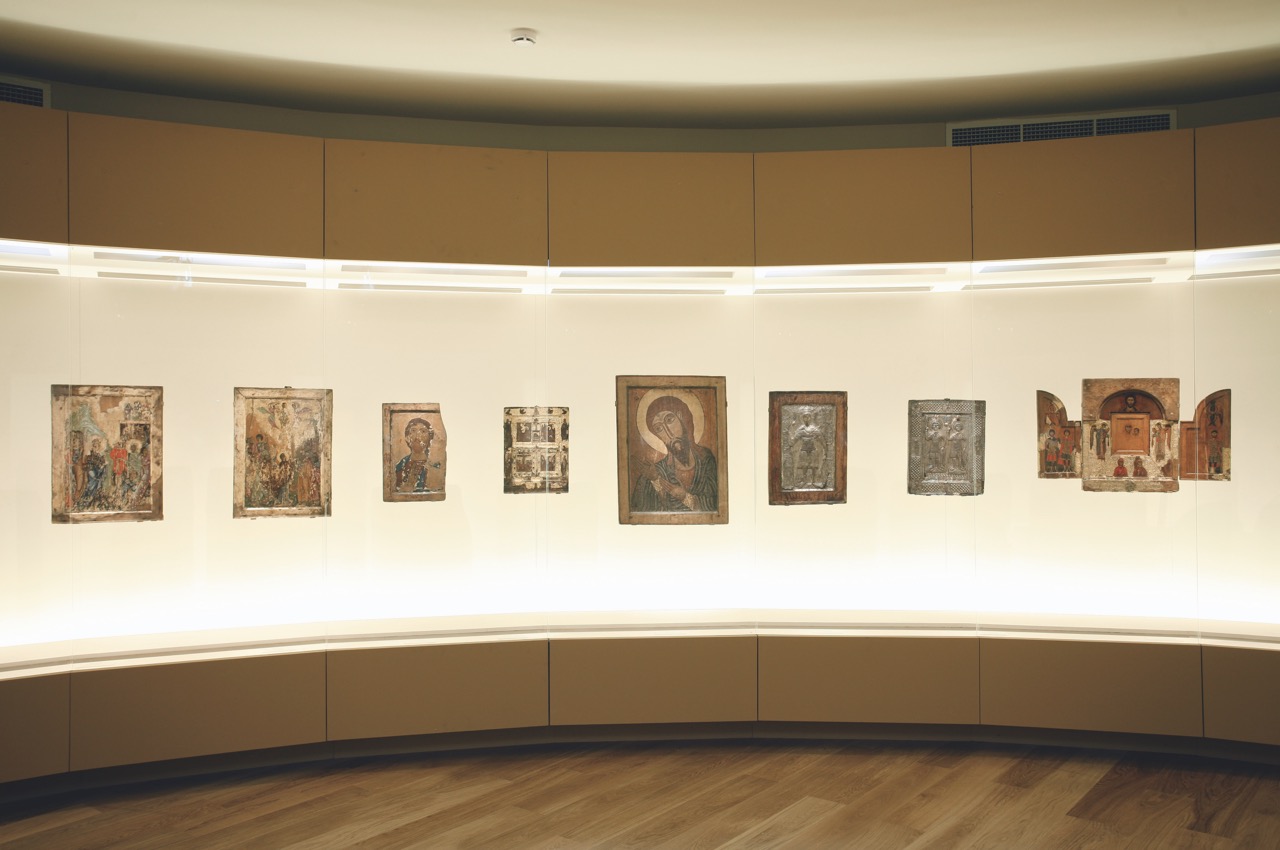
Svaneti Museum. Photo Fernando Javier Urquijo
From there, visitors step into the Christian Treasury—a luminous space dedicated to masterpieces of medieval Georgian religious art, including icons dating from the 11th to 14th centuries. This space is named after the late director of the museum, art critic Rusudan Kochkiani.
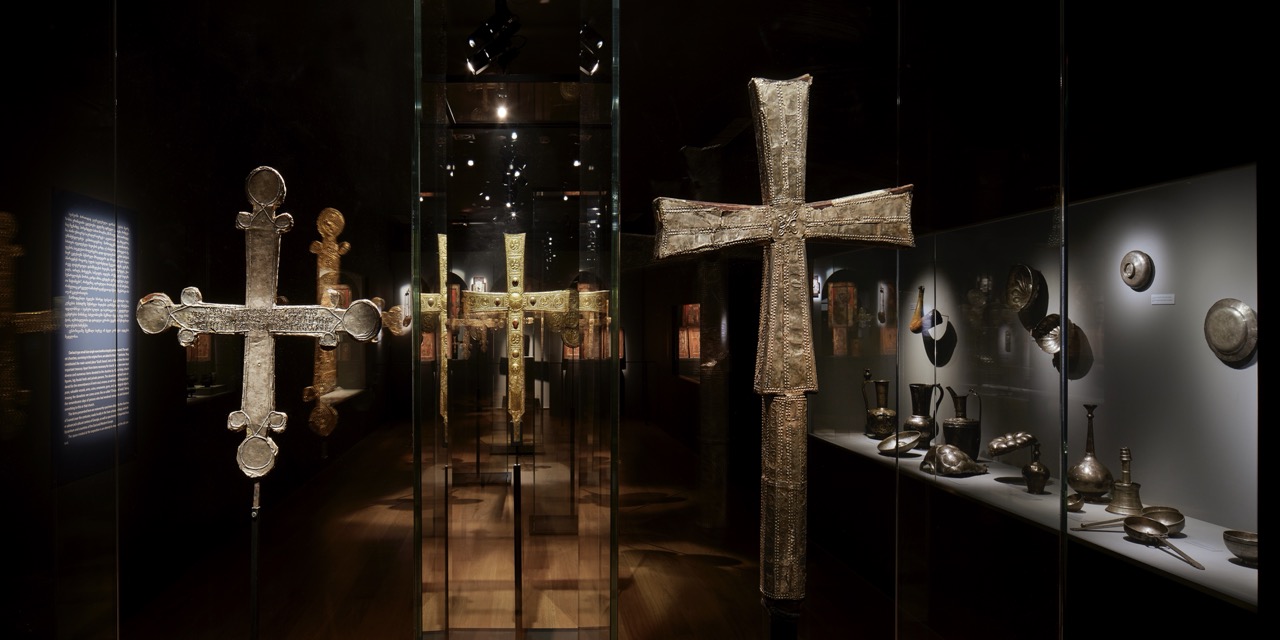
Svaneti Museum. Photo Fernando Javier Urquijo
The next hall presents an attempt to reconstruct the sacred space, displaying liturgical and other important items that were donated to the churches of Svaneti over the centuries by Georgian monarchs, church officials, great feudal lords, and private individuals. These items, crafted in both local workshops and major Georgian cultural centers, are complemented by pieces imported from Byzantium, and Eastern and Western European countries, providing a broader historical context.
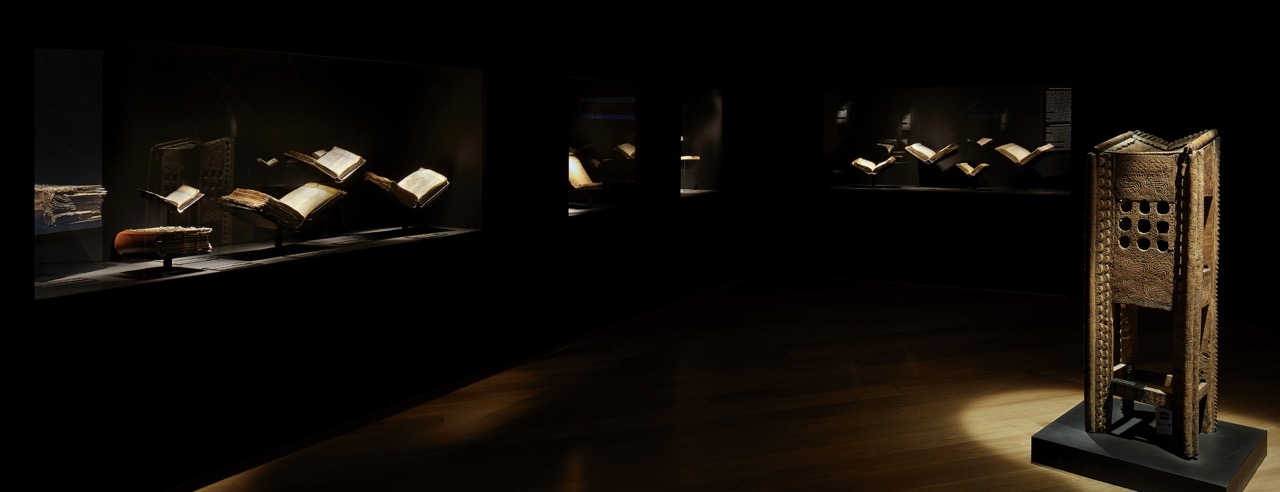
Svaneti Museum. Photo Fernando Javier Urquijo
In the Manuscript Hall, visitors enter a darkened, contemplative space, where the low lighting ensures the preservation of precious texts while creating an atmosphere of intimacy and isolation. Manuscripts and books—translated, copied, and illuminated in Svaneti’s medieval monastic centers—are accompanied by multimedia displays projected on the walls, offering deeper insights into their historical and cultural significance.
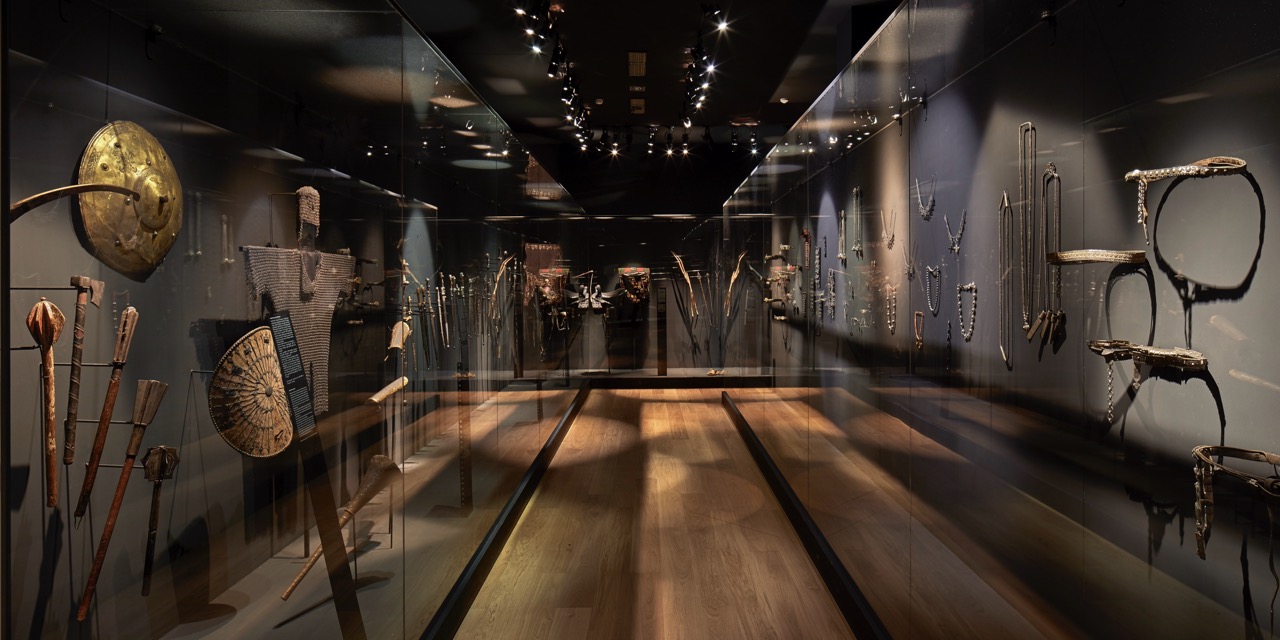
Svaneti Museum. Photo Fernando Javier Urquijo
The display of Svaneti ethnographic life, which concludes the exposition, features relics of Svaneti material culture in a strikingly different format. To gain a fuller understanding of traditional Svan life, visitors are encouraged to explore the Margiani family’s historic residence complex, or Machubi, in Mestia, which is a part of the Svaneti Museum.
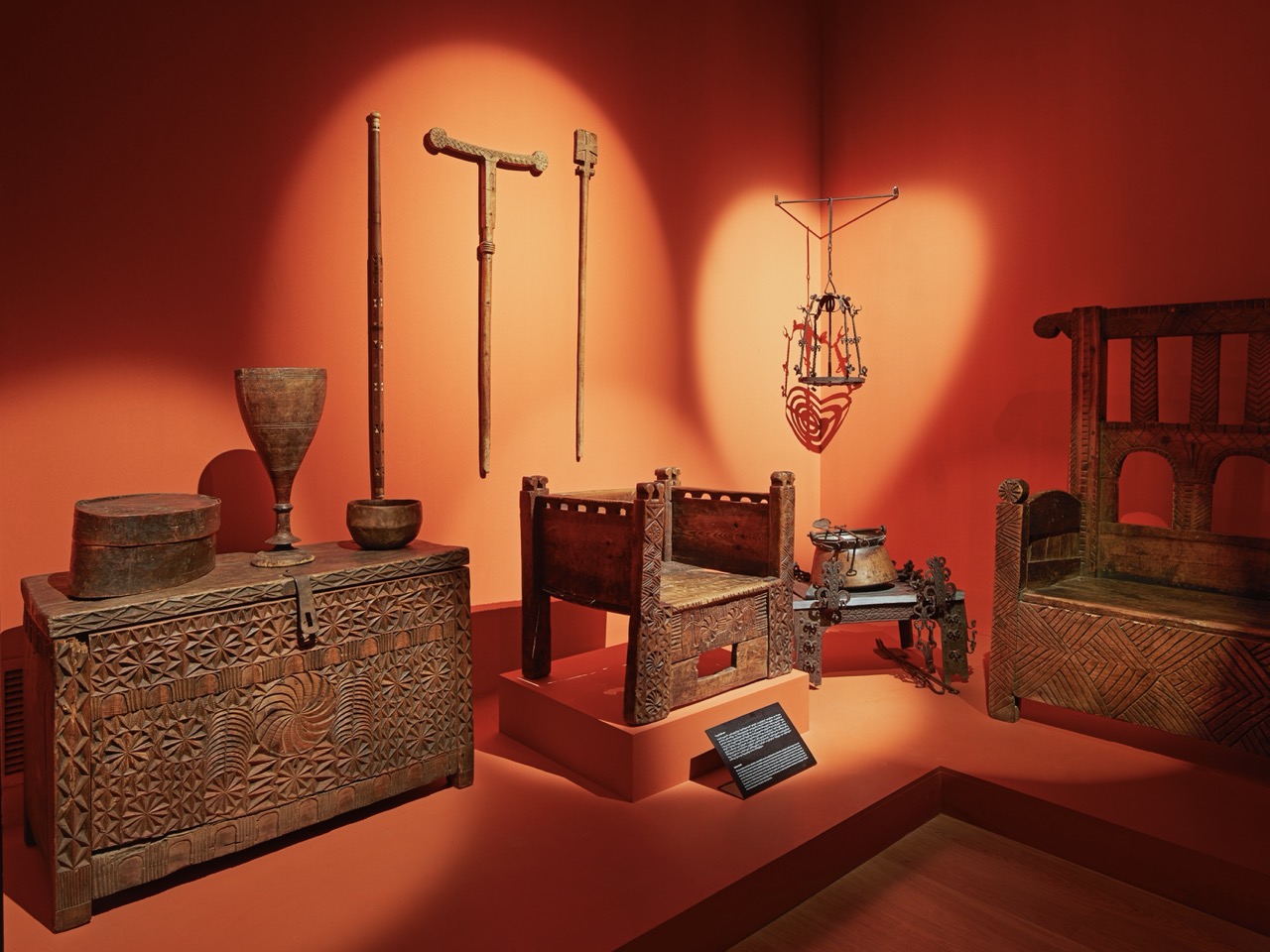
Svaneti Museum. Photo Fernando Javier Urquijo
The museum's foundations and restoration laboratory are outfitted to contemporary international standards.
A variety of thematic exhibits may be organized in the temporary display area, which has already hosted several national and international exhibitions in its time.
In addition to the showcases, the museum's media library and educational center, which provide both regular and seasonal academic programs, are a valuable educational resource for the Svaneti area.
The New Hall, which can accommodate lectures, presentations, meetings, film shows, concerts, sessions, and conferences, can seat 100.
During the summer, the museum yard organizes outdoor cultural and educational activities.
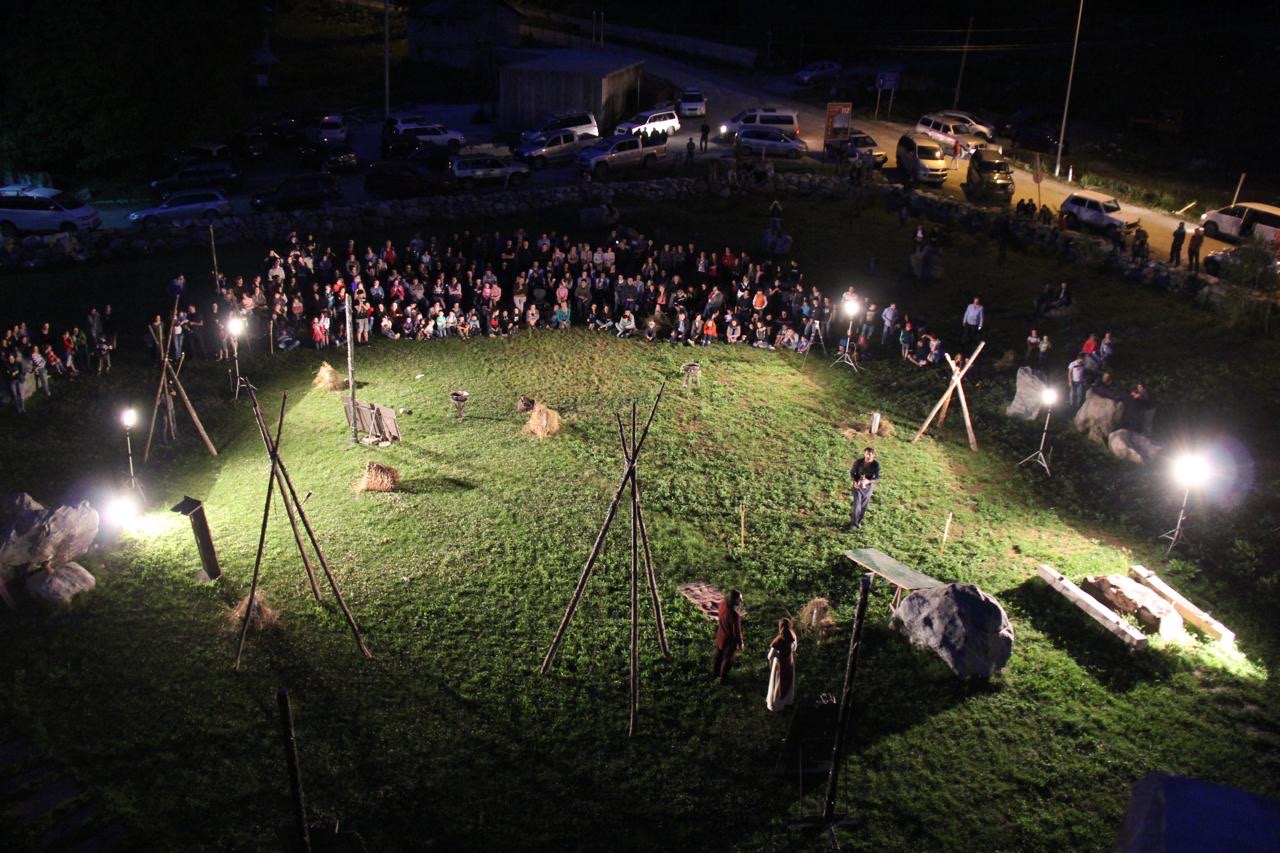
Svaneti Museum, courtyard
The museum welcomes hundreds of visitors daily, with audiences of all ages expressing enthusiasm for its rich and thoughtfully curated exhibitions.
Today, under the leadership of Rusudan Japaridze, the museum's dedicated team continues to honor and build upon the institution’s long-standing traditions. It is no exaggeration to say that the Svaneti Museum stands as a cultural and educational center of international standards of the twenty-first century—a place where historical research flourishes and the education of future generations is actively nurtured.
The museum's collections represent one of the most significant repositories of knowledge in the region. Their study not only deepens our understanding of Georgia’s heritage but also contributes to global scientific inquiry - affirming the museum’s role as both a guardian of the past and a beacon for the future.